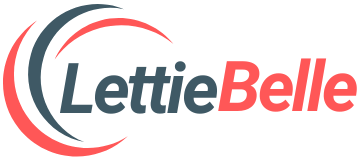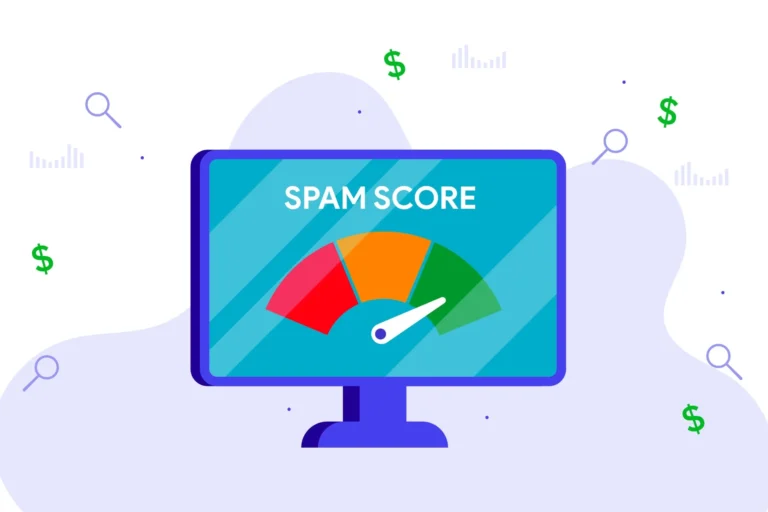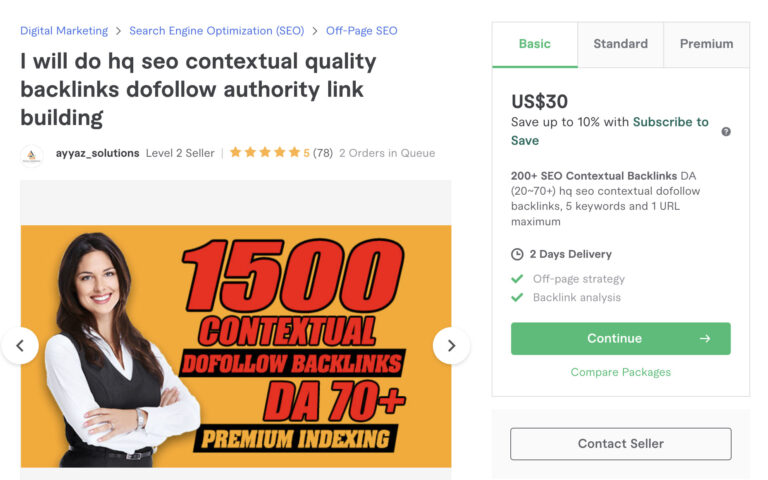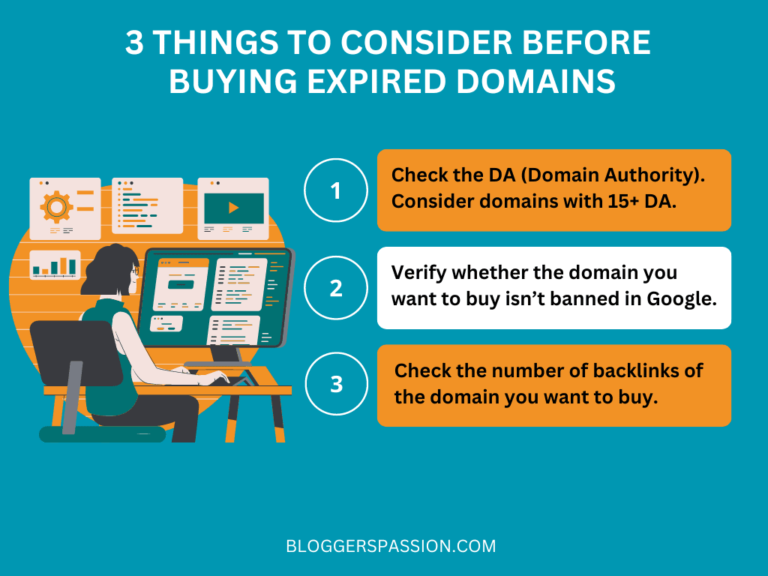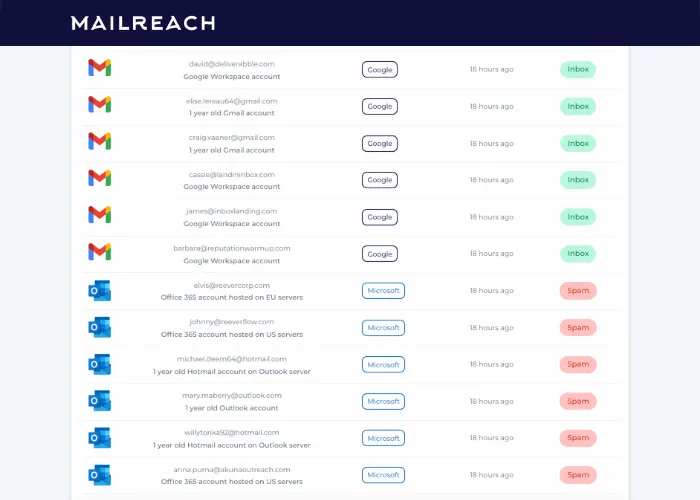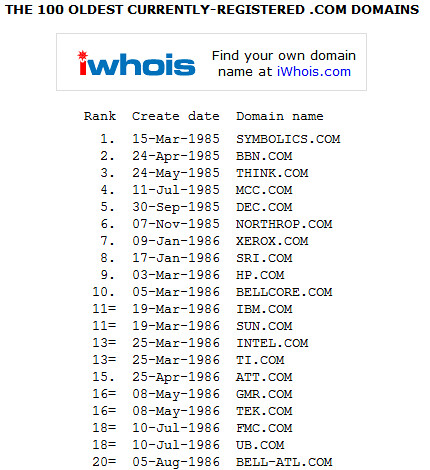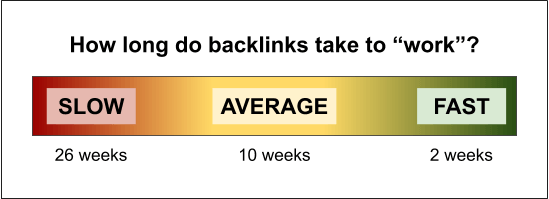Are One Page Websites Bad for SEO? As a website owner, you want your site to be easily discoverable by search engines and appear at the top of search results. However, with the rise of single-page websites, there has been a debate on whether they are good or bad for SEO. Some argue that single-page websites are bad for SEO because they lack content and have limited keyword targeting. Others suggest that single-page websites can be beneficial for SEO because they provide a better user experience and are more mobile-friendly.

When it comes to SEO, content is king. Single-page websites have limited space for content, which can negatively impact keyword targeting and search engine rankings. According to a Search Engine Journal article, “the lack of content on a single-page website can compromise keyword targeting.” This means that if you have a single-page website, you will need to carefully choose which keywords to target and ensure that your content is optimized for those keywords. However, it is important to note that having a single-page website does not necessarily mean that your site will perform poorly in search engine rankings.
In addition to content, user experience is also an important factor in SEO. Single-page websites can provide a better user experience because they are easy to navigate and load quickly. According to Glue Up, “single-page websites are great for users who want a quick and easy way to find information.” This means that if you have a single-page website, you can provide a better user experience for your visitors, which can lead to higher engagement and better search engine rankings.
SEO Challenges of Single-Page Websites
As a web developer, I’ve come across many clients who want single-page websites. While single-page websites have their advantages, they also present unique challenges when it comes to SEO. Here are some of the SEO challenges that single-page websites pose:
Limited Content Quantity
Single-page websites have limited content quantity compared to multi-page websites. This means that there are fewer opportunities to target keywords and provide valuable content to users. As a result, single-page websites may struggle to rank for competitive keywords.
Keyword Targeting Difficulties
Single-page websites also have keyword targeting difficulties. Since there is only one page, it can be challenging to target multiple keywords effectively. This is because each keyword requires its own content, meta tags, and other SEO elements. As a result, single-page websites may struggle to rank for multiple keywords.
Lack of In-Depth Analytics
Single-page websites also have a lack of in-depth analytics. Since there is only one page, it can be challenging to track user behavior and engagement. This means that it can be difficult to optimize the website for better user experience and engagement.
Overall, while single-page websites have their advantages, they also present unique challenges when it comes to SEO. It is important to weigh the pros and cons of single-page websites carefully before deciding to use them for your website.
User Experience and Engagement
As a website owner, I know that user experience and engagement are important factors in SEO. One-page websites can be great for user experience if they are designed well. However, they can also be a hindrance if not designed properly.
Navigation and Scroll Depth
One of the biggest challenges of a one-page website is ensuring that users can easily navigate and find the information they need. This can be achieved by using clear and concise headings, subheadings, and anchor links. By using these elements, users can quickly jump to the section of the page they are interested in without having to scroll through the entire page.
Another important aspect of user experience is scroll depth. Users are more likely to engage with a page if they have to scroll to see the content. However, if the page is too long, users may become overwhelmed and leave the page. It is important to strike a balance between providing enough content to engage the user and not overwhelming them with too much information.
Bounce Rate and Time on Site
Bounce rate and time on site are two important metrics that search engines use to determine the quality and relevance of a website. A high bounce rate can indicate that users are not finding the information they need on the page. Similarly, a low time on site can indicate that users are not engaging with the content.
One-page websites can be challenging to optimize for these metrics. If users are not finding the information they need on the page, they may leave the site quickly, resulting in a high bounce rate. Similarly, if the page is too long or not engaging, users may leave the site quickly, resulting in a low time on site.
To optimize for these metrics, it is important to ensure that the page is engaging and provides the information that users are looking for. This can be achieved by using clear and concise headings, subheadings, and anchor links. By providing users with a clear path to the information they need, they are more likely to engage with the content and stay on the site longer.
Technical SEO Considerations

When it comes to one-page websites and SEO, there are some technical considerations to keep in mind. In this section, I will discuss two important aspects of technical SEO that can impact the performance of a one-page website.
Page Load Time
One of the most important technical considerations for any website is page load time. According to Search Engine Journal, page load time is a critical factor in SEO because it affects user experience. Slow-loading pages can lead to higher bounce rates, which can negatively impact your search engine rankings.
Since one-page websites are designed to load all of the content on a single page, they can sometimes take longer to load than traditional multi-page websites. To minimize the impact of page load time on your one-page website’s SEO, you should optimize your images and other media files, use a content delivery network (CDN), and minimize the use of JavaScript and other scripts.
Structured Data Limitations
Another important technical consideration for one-page websites is the limitations on structured data. According to Ahrefs, structured data is a critical component of SEO because it helps search engines understand the content on your website.
However, one-page websites have limitations when it comes to structured data because all of the content is on a single page. This means that you may not be able to add structured data to individual pages or sections of your website.
To address this limitation, you can use JSON-LD to add structured data to your one-page website. JSON-LD is a type of structured data that can be added to the head of your HTML document, allowing you to provide search engines with information about your website’s content and structure.
In summary, when it comes to technical SEO considerations for one-page websites, you should focus on optimizing page load time and addressing the limitations on structured data. By taking these steps, you can help ensure that your one-page website is optimized for search engines and provides a positive user experience.
Link Building and Content Sharing
As a one-page website has only one URL, it limits the number of internal linking opportunities. Internal linking is crucial for SEO as it helps search engines understand the hierarchy of your website and the relationship between different pages. Without internal linking, search engines may not be able to crawl and index your site effectively, which could negatively impact your SEO efforts.
Furthermore, one-page websites may also have social sharing constraints. When you have multiple pages on your website, each page has its own unique URL, making it easier for users to share specific pages on social media platforms. However, with a one-page website, users can only share the entire website, which may not be as appealing to share as individual pages.
Fewer Internal Linking Opportunities
Having fewer internal linking opportunities means that you may not be able to distribute the link equity of your website effectively. Link equity refers to the value that is passed from one page to another through links. When you have multiple pages, you can distribute the link equity across all the pages, which can help improve the overall authority of your website. However, with a one-page website, all the link equity is concentrated on a single page, which may not be as effective for SEO.
Social Sharing Constraints
Social sharing is an essential part of any SEO strategy as it can help drive traffic to your website and improve your online visibility. However, with a one-page website, users can only share the entire website, which may not be as appealing to share as individual pages. This can limit the reach of your content and reduce the number of backlinks you receive, which can negatively impact your SEO efforts.
In conclusion, one-page websites may not be the best option for SEO as they limit the number of internal linking opportunities and social sharing constraints. However, if you have a small website with limited content, a one-page website may be a viable option.
Alternative Solutions and Best Practices
As we have seen, one-page websites come with their own set of advantages and disadvantages. However, there are alternative solutions and best practices that can help you overcome the limitations of one-page websites and improve your SEO. Here are two such solutions:
Hybrid Approach
One way to make the most of the benefits of one-page websites while minimizing their drawbacks is to adopt a hybrid approach. This involves using a one-page design for your homepage or landing page, while creating separate pages for your blog, about us, contact, and other sections. This way, you can have the best of both worlds – a sleek, modern design that is easy to navigate, as well as the SEO benefits of having multiple pages with unique content and targeted keywords.
Pagination and Infinite Scrolling
Another alternative to one-page websites is to use pagination and infinite scrolling. Pagination involves breaking up your content into multiple pages, with each page having its own unique URL. This can help you optimize your content for specific keywords and improve your site’s overall SEO. Infinite scrolling, on the other hand, allows users to keep scrolling down a single page, with new content loading automatically as they reach the end. This can provide a seamless user experience, while still allowing you to optimize your content for SEO.
In conclusion, one-page websites can be a great option for certain types of businesses and websites. However, they do come with some limitations when it comes to SEO. By adopting a hybrid approach or using pagination and infinite scrolling, you can overcome these limitations and improve your site’s overall SEO.
Need expired domain? Contact us in lettiebelle.com.
